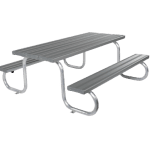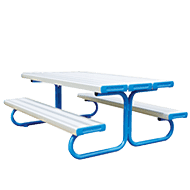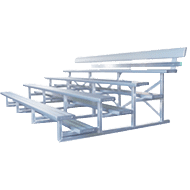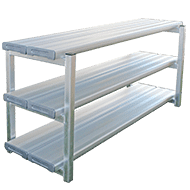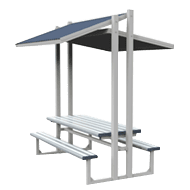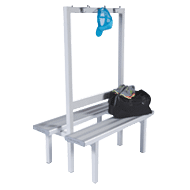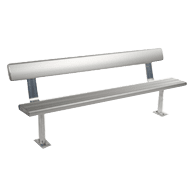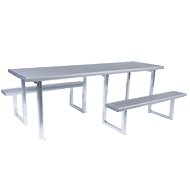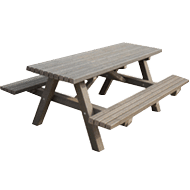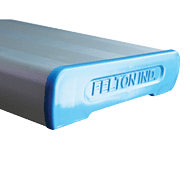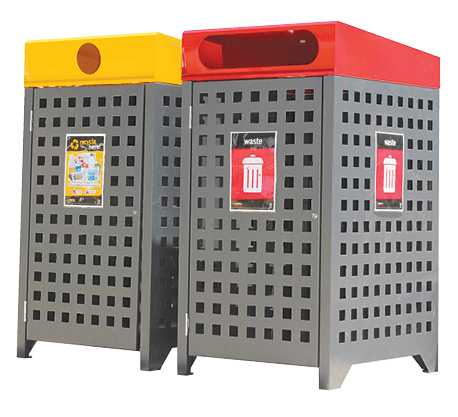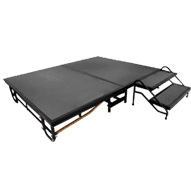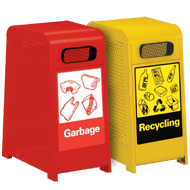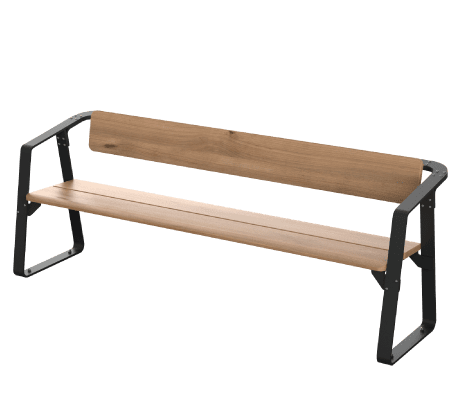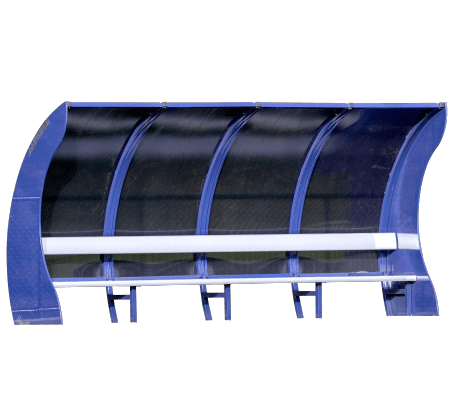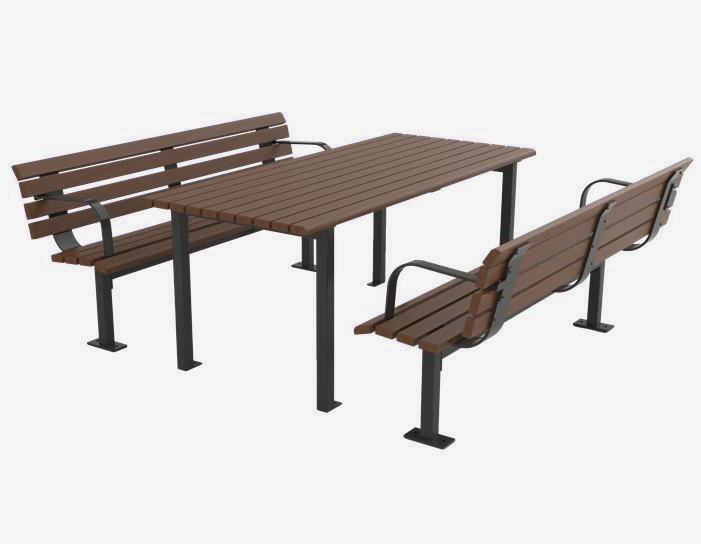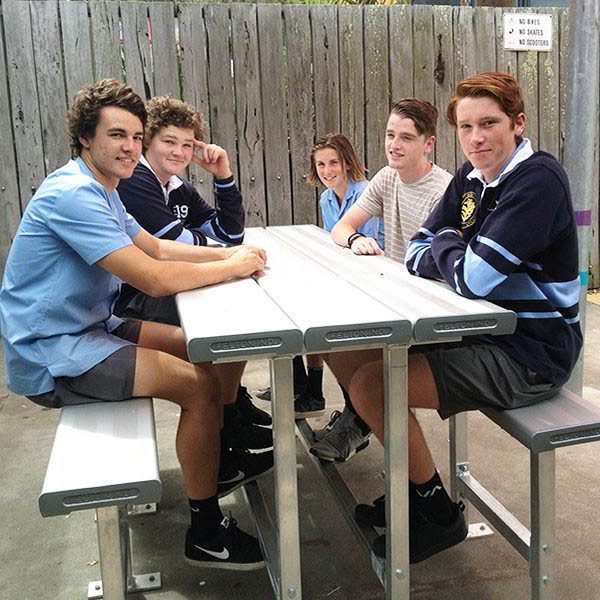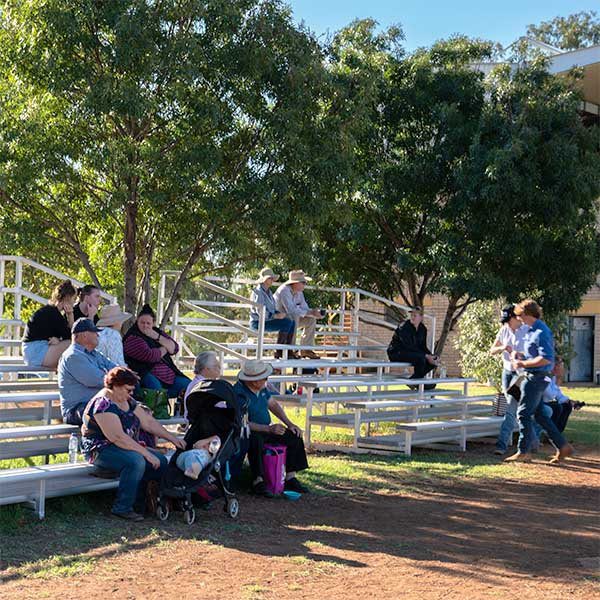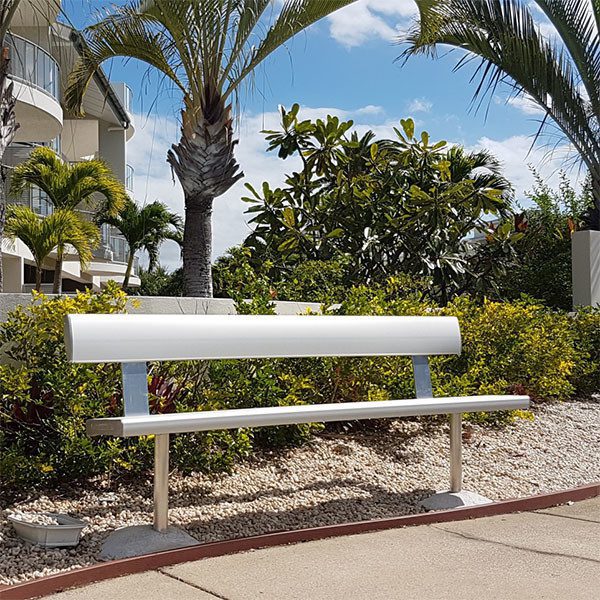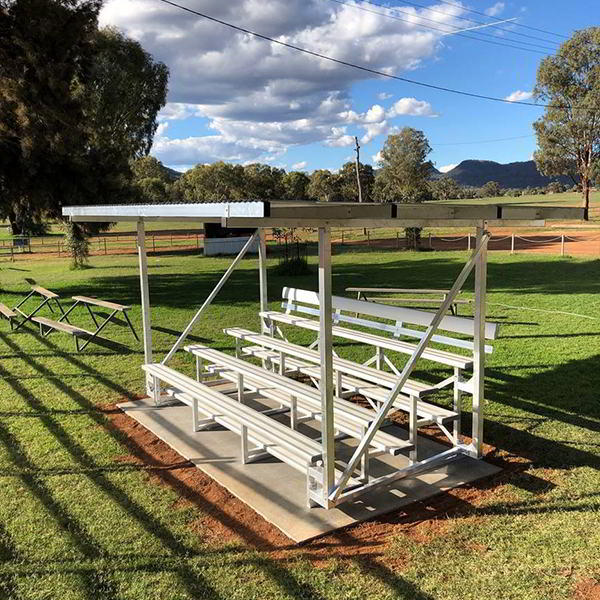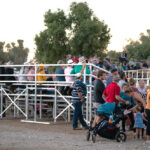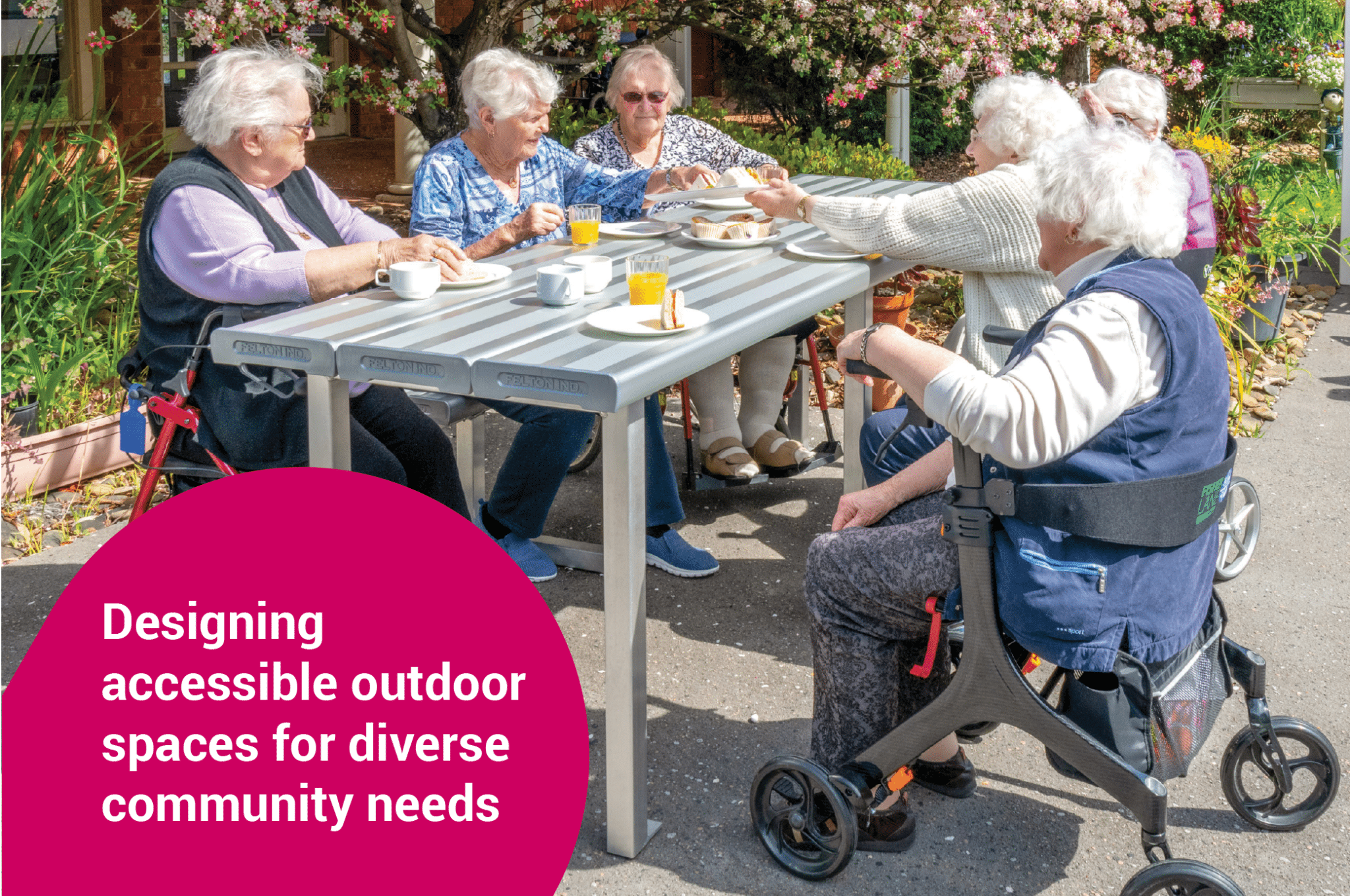
Designing Accessible Outdoor Spaces For Diverse Community Needs
Accessible outdoor spaces are about more than benches and pathways – they’re about creating environments where everyone feels welcome and valued. Celebrate diversity in your design and invite all community members.
Inclusive by design
Designing accessible outdoor spaces is an opportunity to shape environments where everyone, regardless of ability, feels part of the community. Beyond adding ramps – reimagine how people experience a space. From inclusive seating for all bodies to pathways that allow everyone to explore without barriers, inclusive design gives everyone a seat at the table.
The Interactive Eco-Trend Sheltered Park Setting comfortably seats up to six people, with space for two wheelchairs. Designed for durability, it features bolt-down lugs for added stability and premium aluminium that won’t warp, rust, or fade. The Colorbond roof protects against the elements, ensuring it stands up to any weather.
A playground that works for kids of all abilities or a park bench that welcomes seniors and strollers – craft spaces as flexible as the community they serve. Inclusivity is the foundation of thoughtful design.
Freedom of movement
To achieve accessible outdoor spaces, consider wide, easy-to-navigate paths and seating that accommodates wheelchairs without making it feel like an afterthought. From gardens to plazas, equal access to every part of the space is important. Create an environment where getting from A to B isn’t a chore – it’s a positive experience, no matter how you move. Accessible design eliminates obstacles, so everyone has a smooth journey.
DDA Compliance
DDA compliance might sound like a checkbox on a list, but it turns a good design into a great one. Accessible ramps and doorways, clear signage, smooth paths, and DDA compliance ensure no one gets left out or stuck at the bottom of a flight of stairs. Prioritise freedom of movement, whether the users are navigating a park or café or enjoying a view. Elevate your design so every corner, curve and seat is accessible, and turn ‘compliance’ into a creative opportunity.
Within reach
Little details make a big difference. With drinking fountains and bins, reachability is everything – no one should struggle for a sip of water or throw out their coffee cup. For an inclusive, functional space, make drinking fountains a comfortable height for everyone and place bins within easy reach of paths. Wheelchair users or people pushing strollers don’t need a scavenger hunt for hydration or a place to toss trash. Keep it reachable so everyone feels seen.
Safety first
Circulation space and slip-resistant surfaces ensure safe passage. A wide, clear path might look great, but without extra detail like slip-resistant paving or a smooth, easy-to-navigate route, it can feel like a scenic obstacle course.
Optimally – surfaces need to grip, not slip, and provide a sense of security underfoot for everyone from toddlers in sneakers to seniors with walkers. Circulation space makes every step a confident one, whatever the weather. When people roll, stroll, or stride through your designs, ensure they do it in safety and style.
Design for all
In the end, designing accessible outdoor spaces goes beyond meeting regulations. It’s about purposely designing places where every person, regardless of ability, can fully participate and enjoy. Let’s collaborate and find functional, beautiful, inclusive pieces.

Stronger Spaces Start With Our End of Year Savings

Game On: Smart Grandstand Choices for Every Budget

Top Five Outdoor Study Spots on Campus and How to Furnish Them
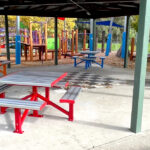
Why Schools Love Aluminium for Busy Playgrounds
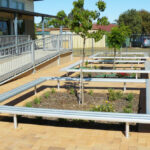
Transform Your Outdoor Space for Summer with Durable Furniture
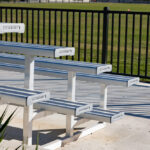
Muddy to Match-Ready: Cleaning Your Aluminium Benches
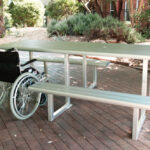
Making Play Inclusive With Wheelchair-Friendly Settings

